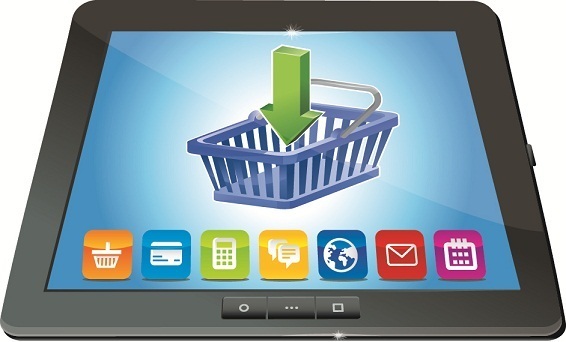E-commerce in Belgium grew by 25% in 2013
 Belgian web stores are now much more developed and confident. Not only did e-commerce in Belgium grow by over 25% in 2013, but merchants are also increasingly considering the option of selling abroad. Surprisingly enough, m-commerce is considered more of a provision of services than a sales channel. Some figures...
Belgian web stores are now much more developed and confident. Not only did e-commerce in Belgium grow by over 25% in 2013, but merchants are also increasingly considering the option of selling abroad. Surprisingly enough, m-commerce is considered more of a provision of services than a sales channel. Some figures...
A triumphant report, published by BeCommerce, the Belgian association of online merchants indeed shows that, now that the turnover of e-commerce businesses has grown by over 25% in 2013 (compared to 2012), Belgium has caught up with its neighbouring countries in the field of e-commerce. But there is more: many Belgian e-merchants now also consider selling their products abroad. In 2013, 6 out of 10 sales were made in Belgium, but most merchants are now expecting to sell more products abroad in 2014.
This growth is in line with the observation that Belgian web stores are generally independent companies. In 2013, 66% of web stores did not operate from a head office in Belgium or abroad. Today, 78% of e-commerce employees are also operating in Belgium.
This growth in Belgium and abroad is also good for employment. In 2012, most web stores had between 6 and 10 employees, and in 2013, 33% of online merchants had between 11 and 20 employees. For 2014, 87% expect this number to grow still further. The only sad thing is that universities should really try harder to offer bachelor programmes in e-business. Web manager, community manager, online sales manager, e-marketing campaign developer, founder of an e-commerce company… These are all employment opportunities that urgently require specialised and complete training programmes.
But can we really talk about a shift from e-commerce to m-commerce? Not really. According to the survey, the number of web stores that generate 10% of their turnover from mobile sales has indeed doubled, but most web stores consider m-commerce more as a way to provide a better service to their customers than a real sales channel. 55% of web stores offer their products and services via mobile devices, which is four times more than in 2011, and companies have a mobile website, but only half of them have a mobile app.
In any case, the survey shows that consumers have confidence in online shopping. For 6 out of 10 orders, expenses exceeded 100 euros, and 12% of orders even exceeded 500 euros. So, what do consumers buy most online? Clothing and accessories remain at the head of the pack (35%), followed by interior decoration items (30%), hardware and software (24%), toys (23%) and kitchen appliances (20%). Parcels (of all sizes) are still mainly delivered by bpost (59%), although an increasing number of people go for collection points like those of Kiala (39%) and Mondial Relay (14%) where users can collect their parcels anytime they want without having to stay home and wait for the postman to come.
Maybe these figures will inspire you to (re)define your e-strategy? Combell can in any case support you with suitable hosting for your webshop.


